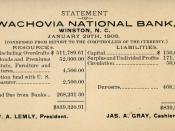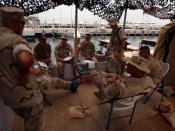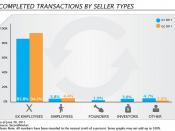�PAGE � �PAGE �1� StarbucksFinancial Reporting
a. What were the company's total current assets at the end of its most reporting period?
Starbuck Corporation's current assets as of the end of fiscal year 2006 have a total balance of $1,529,788,000. This is composed of cash and cash equivalents of $312,606,000, short-term securities available for sale of $87,542,000, short-term securities for trading of $53,496,000, accounts receivable of $224,271,000 (net of allowance for doubtful accounts amounting to $3,827,000), inventories of $636,222,000, prepaid expenses and other current assets of $126,874,000, and net deferred income taxes of $88,777,000.
b. What were the company's total current assets at the end of the previous period?
Starbuck Corporation's current assets as of the end of fiscal year 2005 have a total balance of $1,209,334,000. This is composed of cash and cash equivalents of $173,809,000, short-term securities available for sale of $95,379,000, short-term securities for trading of $37,848,000, accounts receivable of $190,762,000 (net of allowance for doubtful accounts amounting to $3,079,000), inventories of $546,299,000, prepaid expenses and other current assets of $94,429,000 and net deferred income taxes of $70,808,000.
c. Are the assets included under the company's current assets listed in the proper order? Explain.
Items in the financial statements are arranged to facilitate the interpretation and analyses of figures for a more informed judgment critical to decision-making and evaluation of the company's performance and general financial health. In the bigger picture, financial statement items are categorized to current and non-current, and both are arranged differently. Current assets are those assets that can easily be converted to cash within the normal operating cycle or one year, whichever is longer; as such, the current assets section is arranged according to liquidity. When assets and liabilities are so arranged, it easier to determine the working capital of a company,


